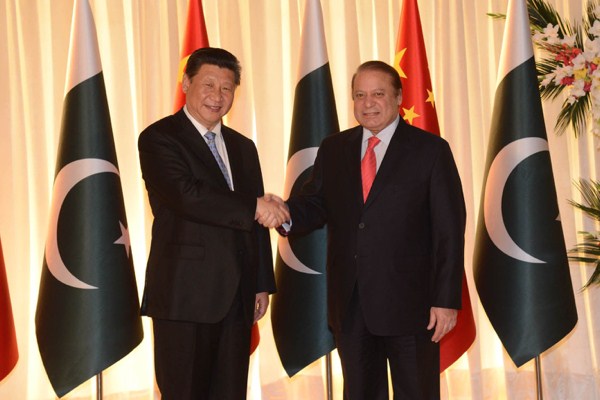Chinese President Xi Jinping visited Pakistan last month to inaugurate the 1,800-mile China-Pakistan Economic Corridor (CPEC), which will stretch from the landlocked western Chinese province of Xinjiang to the Arabian Sea port city of Gwadar in Pakistan’s southwestern province of Baluchistan. The project, which includes investment deals worth up to $46 billion, has the potential to significantly alter the economic geography of the region, spur the next generation of Chinese growth and lift Pakistan out of its economic slumber. But it faces major challenges, including threats from violent ethnic separatists and jihadis, who will seek to play the role of spoiler.
Roughly three-quarters of CPEC funds are slated for energy projects in Pakistan, with the remainder for infrastructure projects centering on Gwadar’s port, which was constructed in 2007 but lacks its own dedicated rail and road connections to Pakistan’s heartland and neighboring states. In the next three to five years, the energy projects will probably have the most visible impact on Pakistan. In total, a combination of Chinese-financed coal, gas, hydroelectric, solar and wind power projects will add 16,400 megawatts of production capacity to Pakistan’s woeful electricity grid, which is more than sufficient to plug its present shortages of around 5,000 MW. That will be key toward rejuvenating Pakistan’s economic growth, which has been stifled by crippling energy shortages. Scheduled blackouts last eight to 12 hours a day, while natural gas supplies to factories and fueling stations for passenger vehicles are often suspended for weeks or months on end.
The earliest completed CPEC energy projects will add around 3,000 MW to Pakistan’s electricity grid by 2018, with another 3,000 MW from four other hydroelectric and nuclear power projects also likely to come on line by then. A gas pipeline between Iran and Pakistan, a significant portion of which is being constructed under CPEC, would add enough fuel to produce another 4,500 MW of electricity.

